Summaries
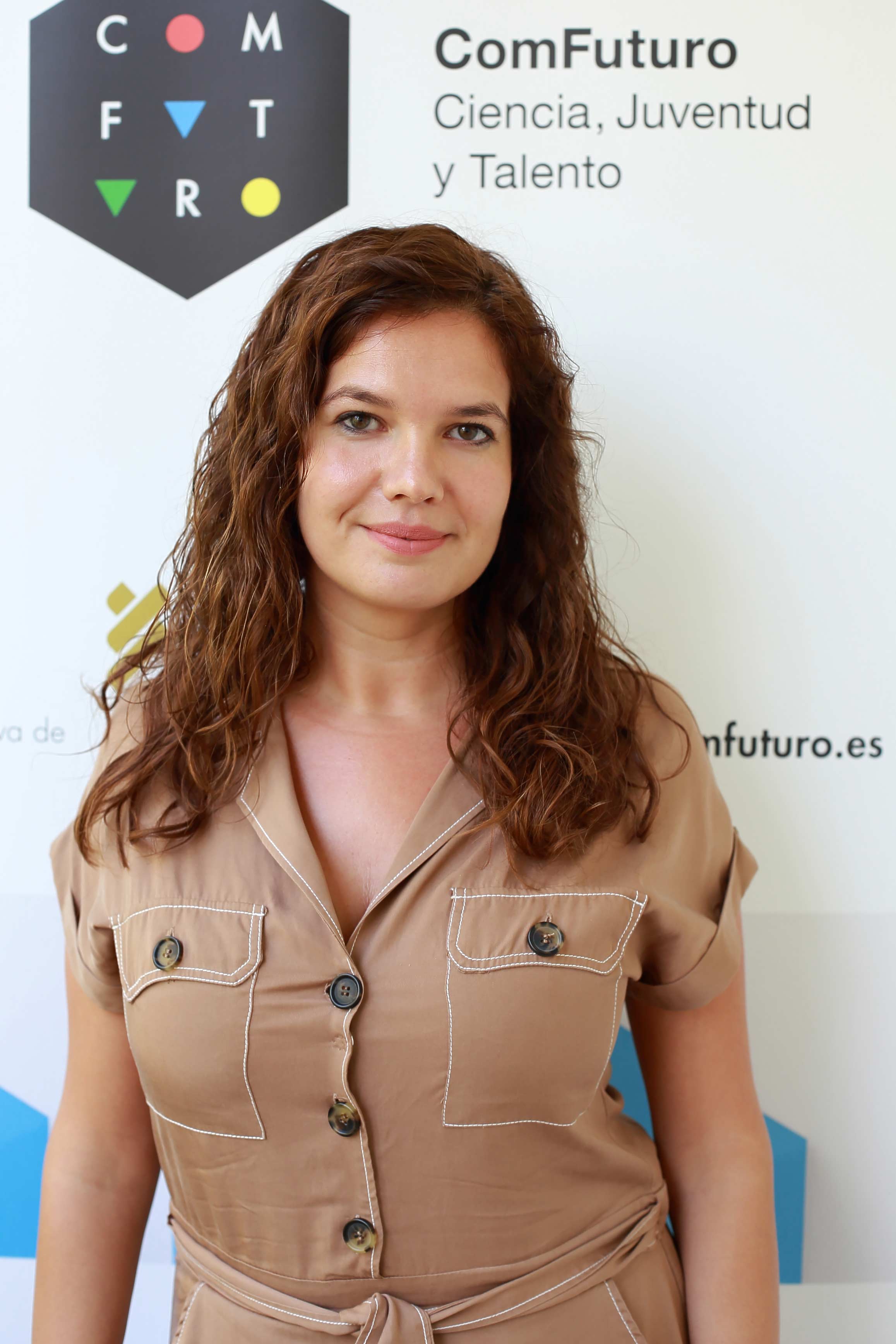
Crop production is highly dependent on nitrogen fertilisers, but their massive use is causing serious environmental problems. Since cyanobacteria are responsible for most biological nitrogen fixation in rice fields, this project aims to study the molecular mechanisms of the interaction between cyanobacteria and rice in order to promote them as a natural alternative source of nitrogen for these crops. This knowledge will lead to the development of a product that will be used as a biofertiliser for the agricultural sector.
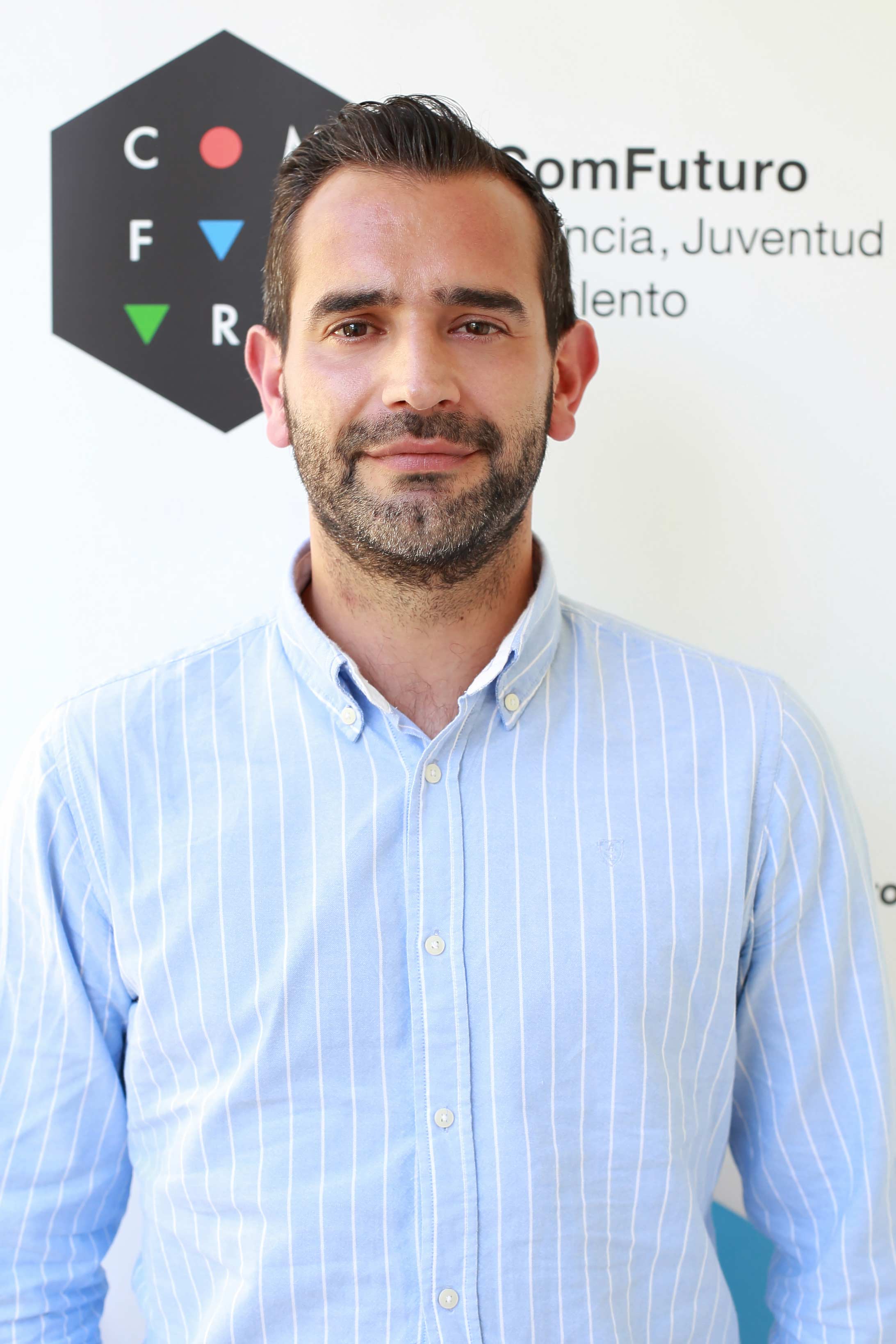
This project aims to develop innovative electric batteries for the sustainable storage of renewable energy using carbon materials. These batteries will minimise the environmental impact associated with preparation, use and subsequent recycling. The project offers an alternative to lithium-ion batteries, which are ideal in terms of energy storage, safety and service life, but have become more expensive due to the growing demand for portable devices and electric vehicles.
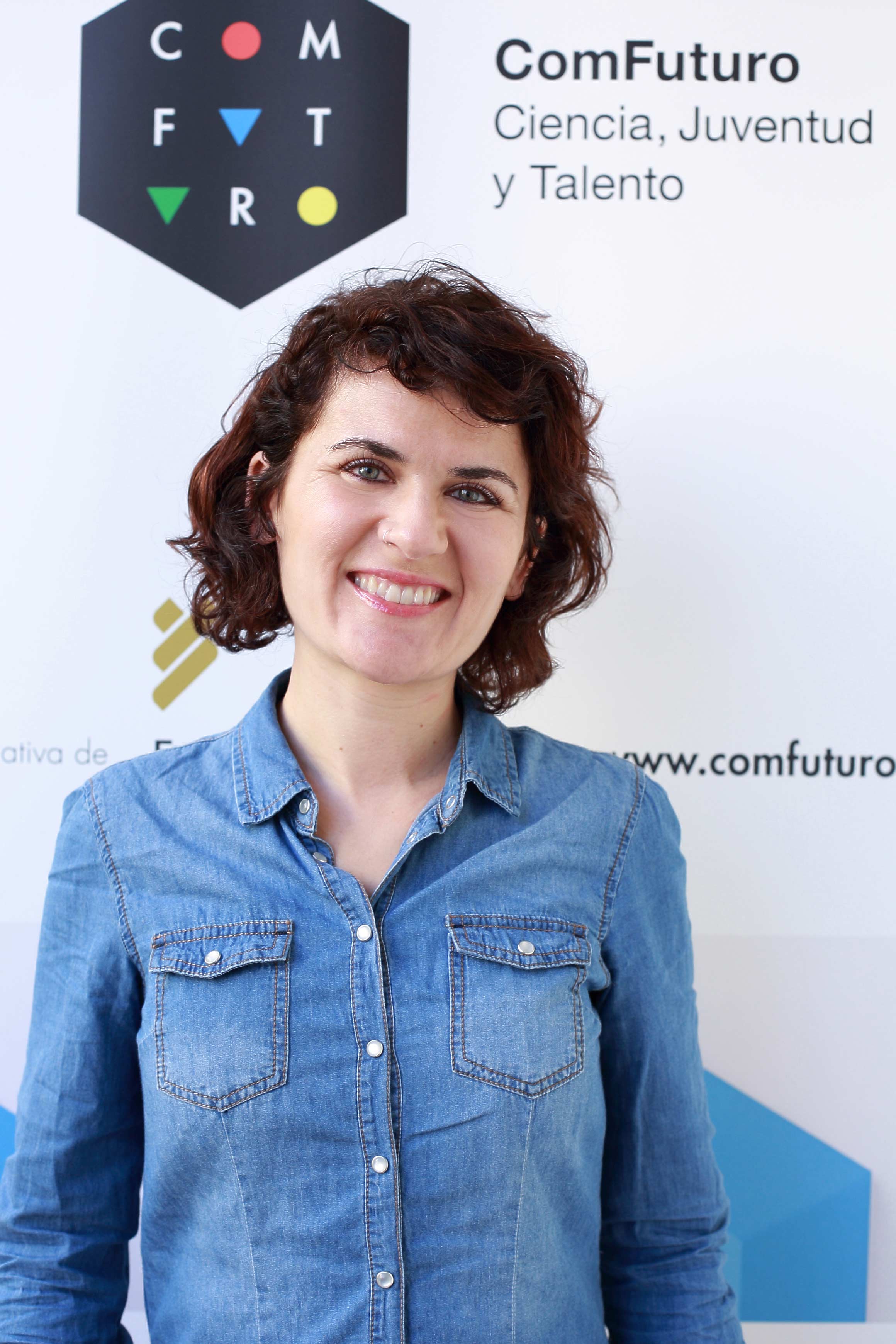
Mainly, the project applies directly to refineries, power generation plants and other industries such as steel production, which will eventually have to offset the CO2 emissions they generate. The possibility of using this CO2 as an economical, safe and renewable source of carbon to obtain high value-added products is one way of making the process viable. Furthermore, methanol, as an energy carrier, can play a key role in the future of energy, where we will see more decentralised and multi-source power generation systems.
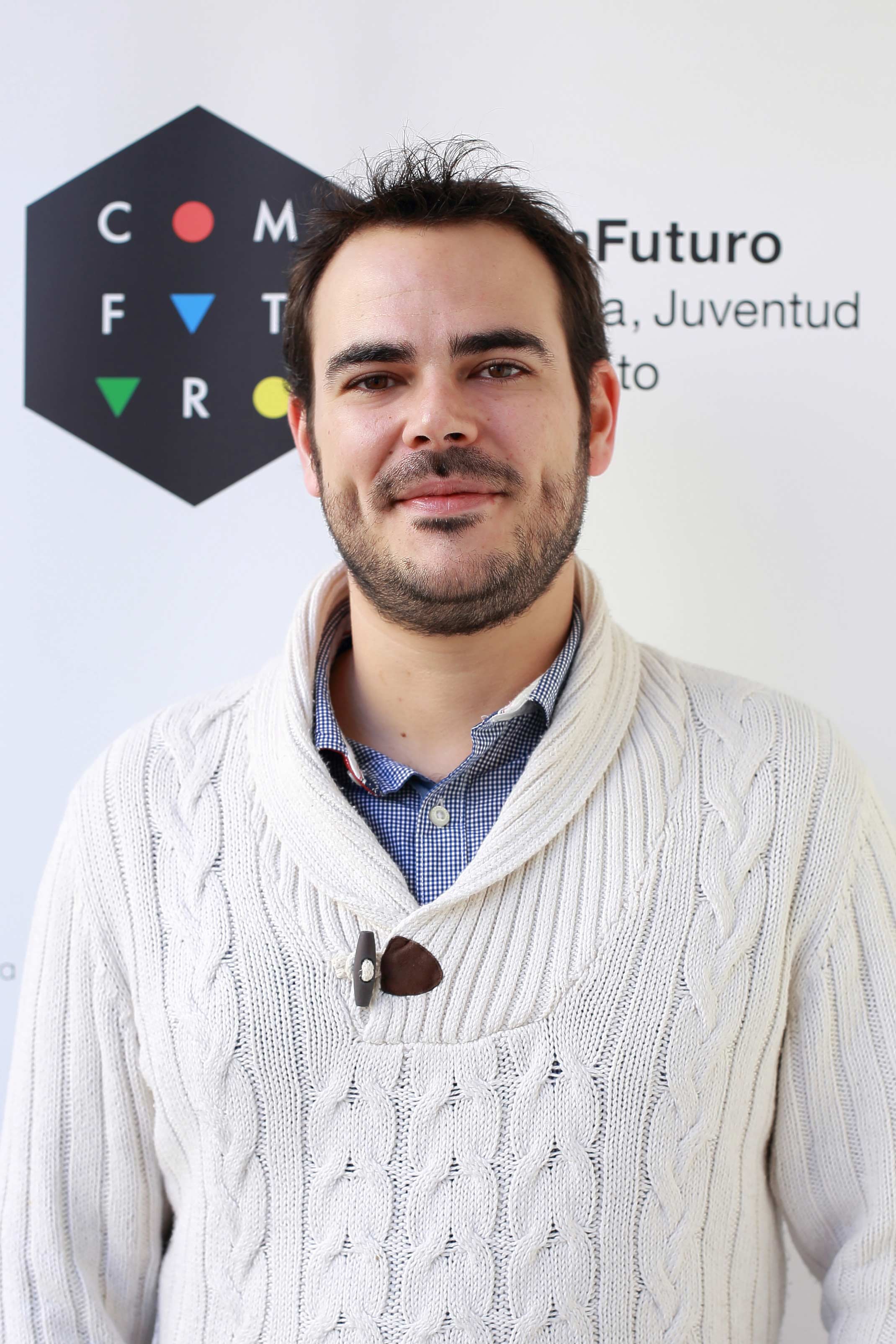
Infectious diseases cause 1 in 4 deaths worldwide. Techniques to identify the viruses or bacteria that cause these infections are too time-consuming. Sometimes, the treatment applied does not stop the infection, and may even worsen the patient’s condition. The project will develop sensors that identify, through their optical and mechanical properties, these pathogens in less than an hour. In addition, the devices will enable the development of more effective drugs.
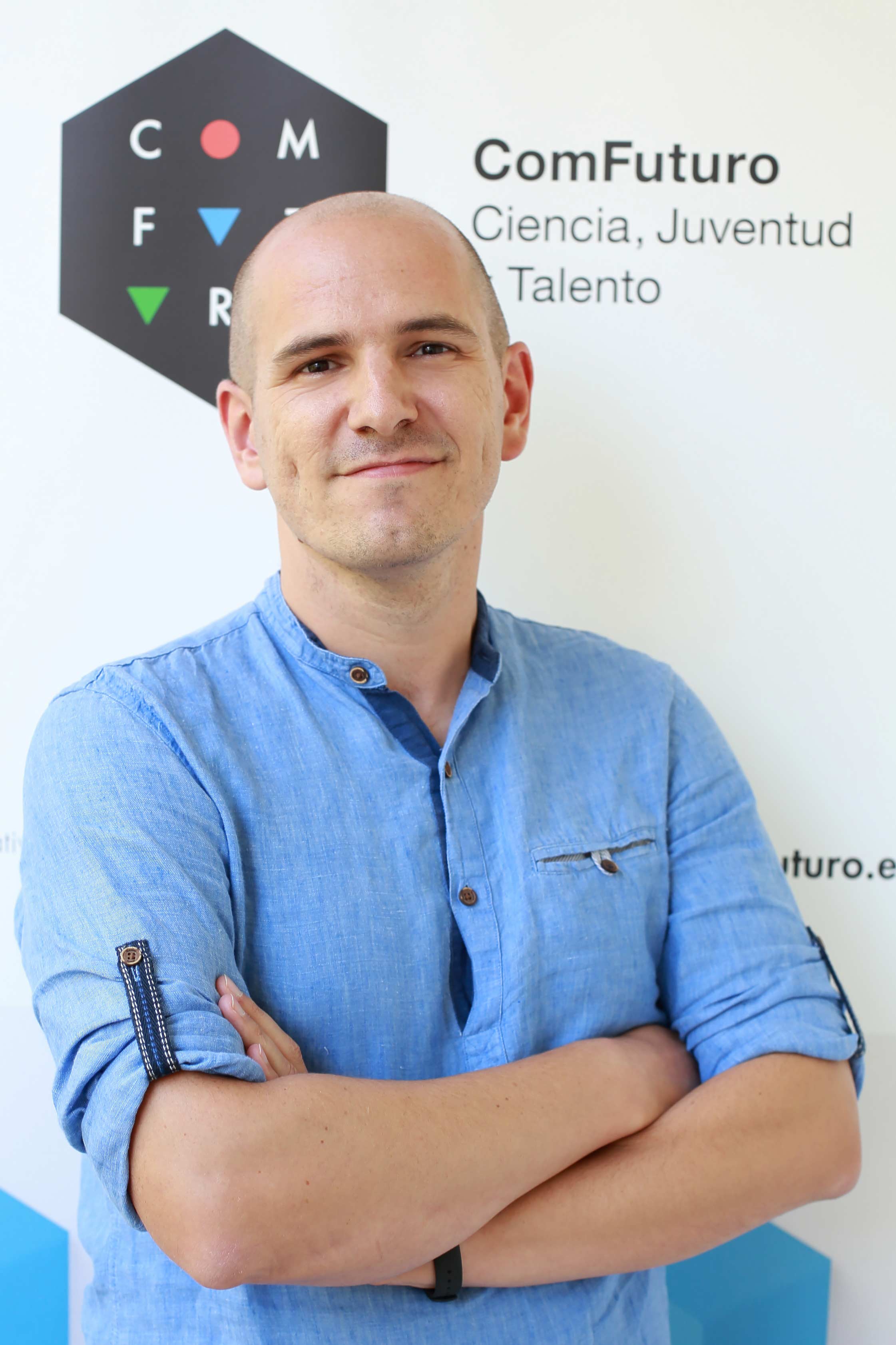
This project addresses the challenge of developing innovative new technologies and/or production processes with the potential to dramatically improve the way we use energy for manufacturing. Specifically, the project aims to sustainably manufacture self-assembled functional components and/or materials with nanometric precision using a pioneering bio-inspired approach based on the combination of molecular recognition mechanisms and soft chemistry processes.

The aim of the project is to convert slag generated in the steel industry into sustainable photocatalytic materials, and subsequently develop building materials with decontaminating and self-cleaning properties under the action of sunlight and artificial light. This could lead to a substantial improvement in waste management in the steel industry and turn slag into a new eco-innovative product that will lead to an increase in society’s quality of life.
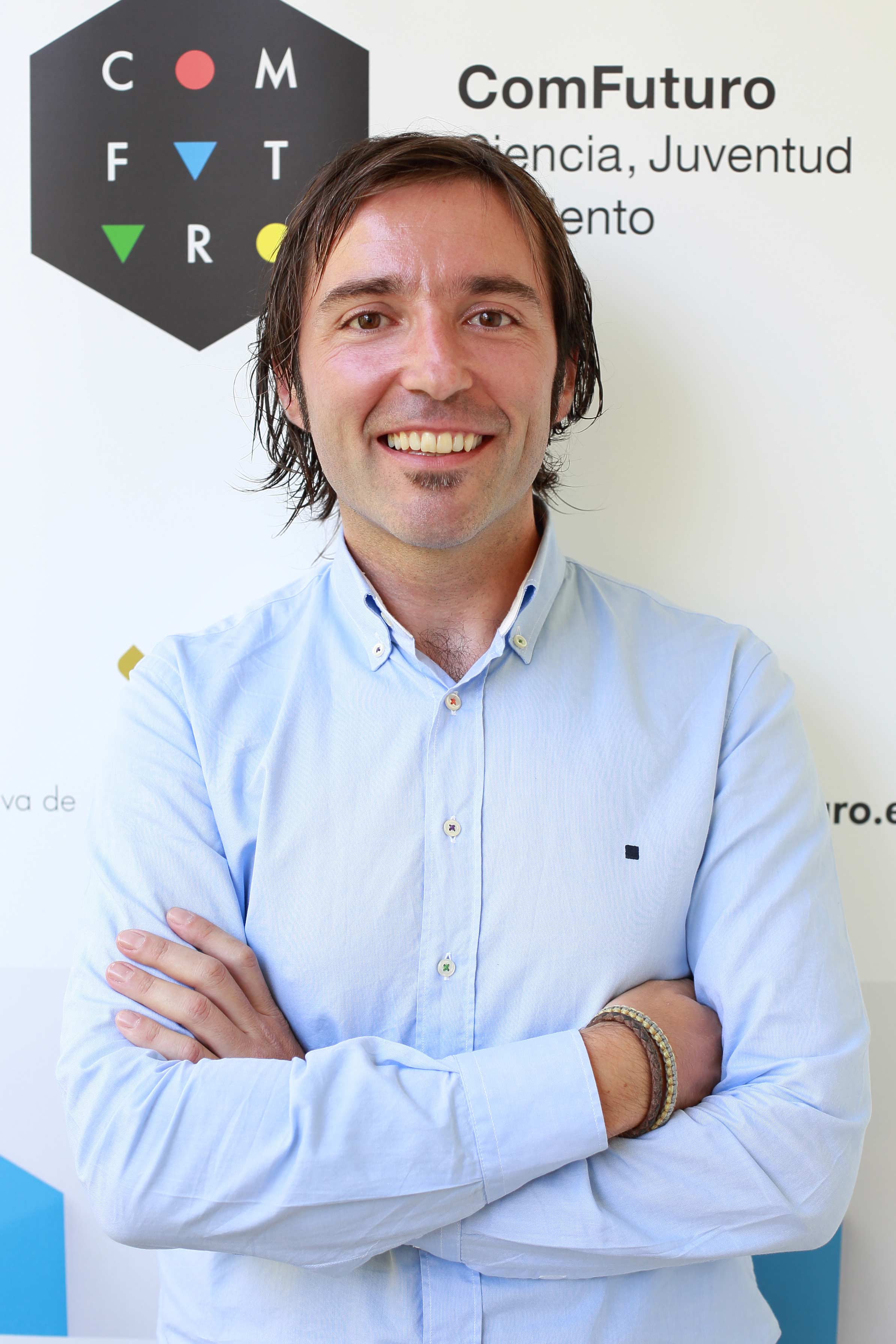
Climate change predictions foresee a near future with much less water available for irrigation, as primary production of plant-based foods will be limited. This research project focuses on finding out how fruit trees could produce fruit using less irrigation water. An in-depth understanding of the effects of drought on fruit trees with different genetic identities would be an important breakthrough on how plant genetics influence their anatomy, making them more or less resistant to drought. With this information, it would be possible to produce fruit trees that are more resistant to drought, or graft rootstocks that use water more efficiently.
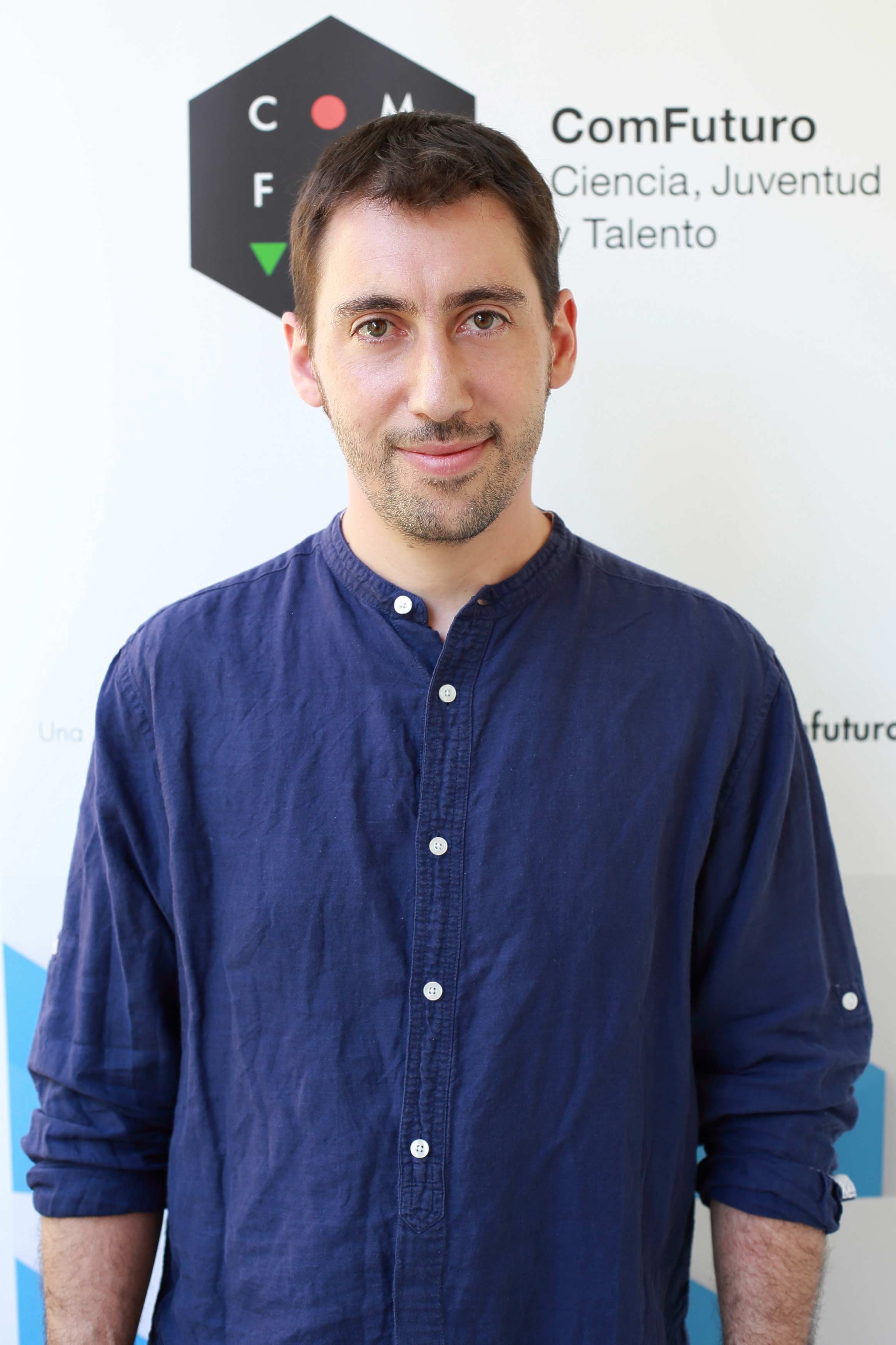
The key objective of the project is to innovate chemical sensors by taking advantage of the inherent properties of nanostructured magnetic materials. These sensors will be integrated into advanced instrumentation to develop novel embedded analytical microsystems that are reliable, portable, very low cost, with very high sensitivity and a short response time, allowing detection and monitoring of toxic substances in the environment.
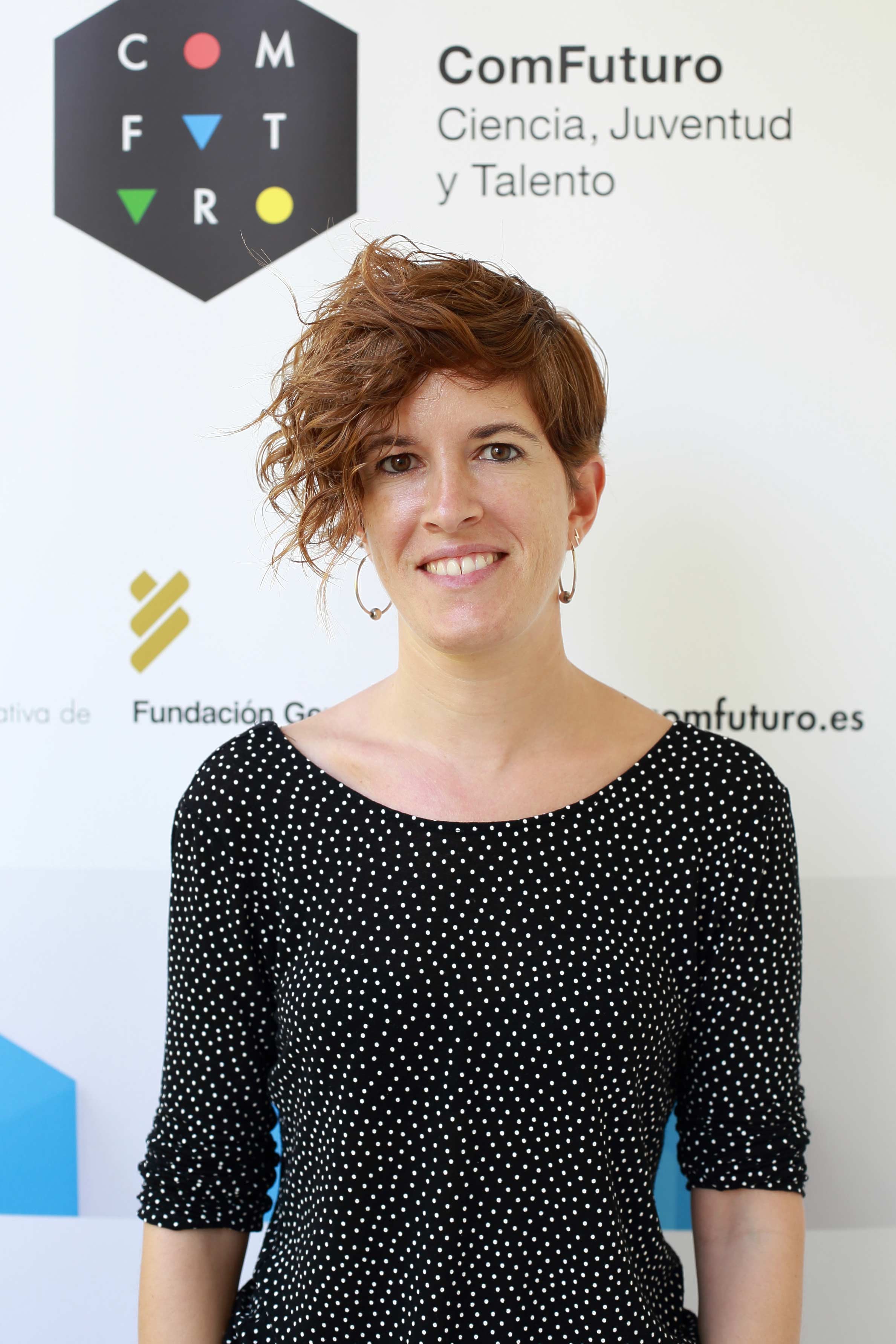
The continuous growth of the world population requires the development of strategies aimed at increasing crop productivity to ensure human food supply. In addition, climate change is negatively affecting many crops, reducing their productivity. This project aims to identify genes that regulate the duration of the reproductive phase of plants and then develop biotechnological strategies to increase crop production. The second part of the project aims to transfer the knowledge acquired to species of agronomic interest such as corn and wheat. These cereals, together with rice, are the basis of human nutrition and their grains have high nutritional value.
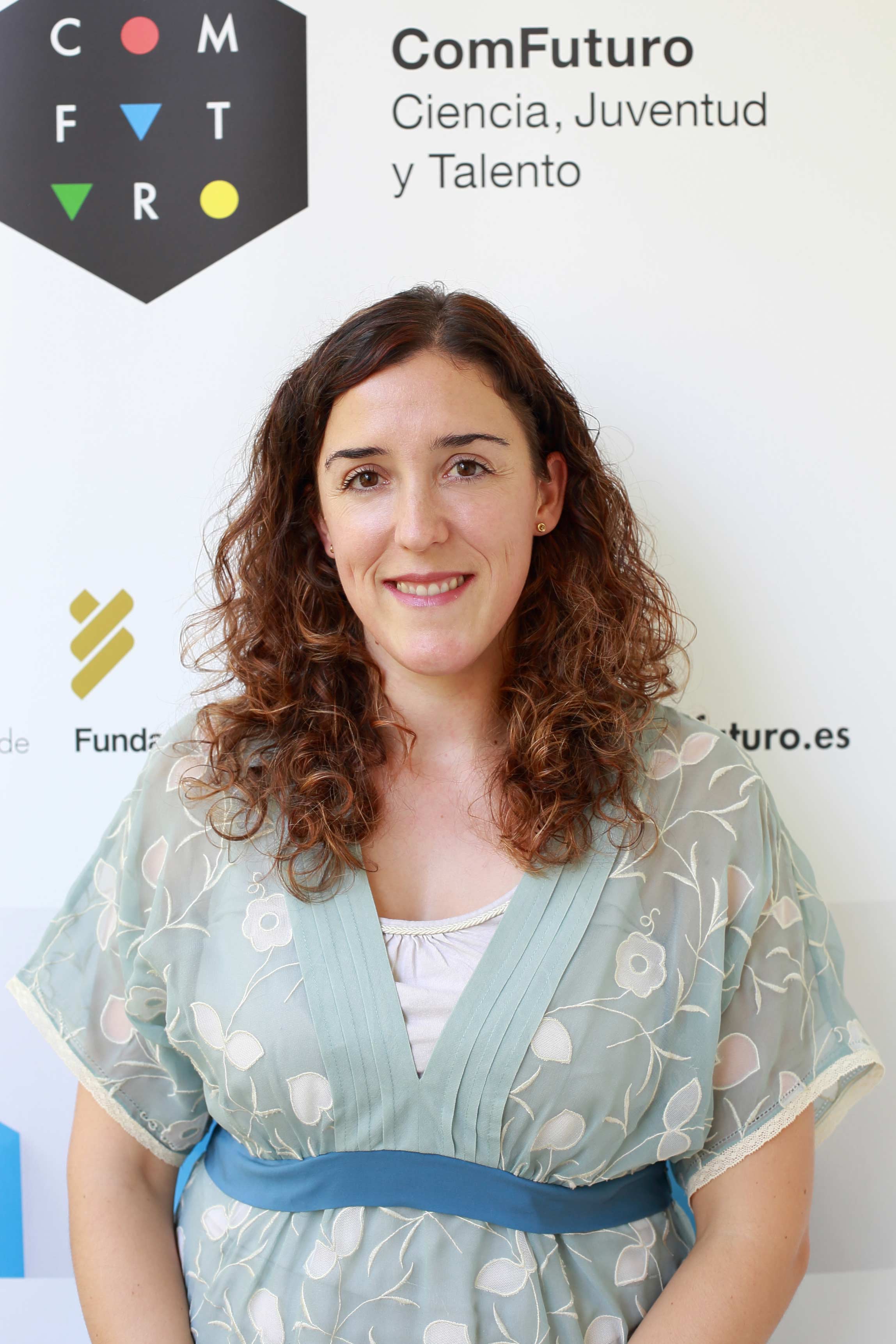
The aim of this project is to carry out a systematic approach to the pathology of crizzling through historical, archaeometric and environmental study of the affected pieces in the collections of the Royal Palace (Madrid) and the Museum of Glass Technology (San Ildefonso, Segovia), conducting systematic laboratory studies to find out the impact of moisture and formic acid on these glasses, and evaluating the most common conservation treatments.
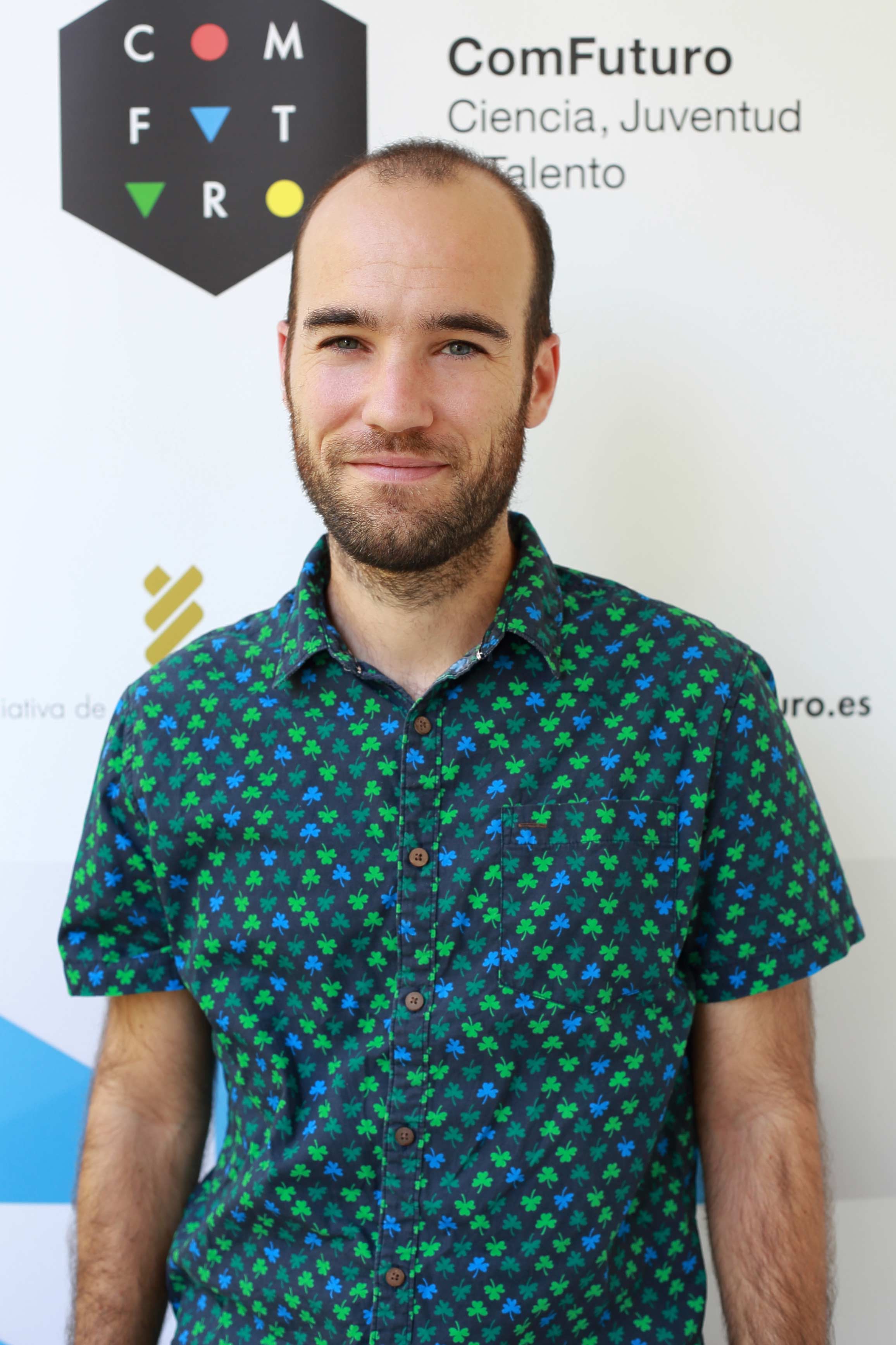
This project aims to characterise and propose improvements to the performance of a type of processor based on quantum adiabatic computing. Despite the expectations that this type of computing (based on the adiabatic theorem) has raised, the optimal performance that this type of machine can achieve is unknown. Answering this question is key, not only for the immediate future of quantum technologies, but also for technological sectors such as artificial intelligence or cybersecurity.
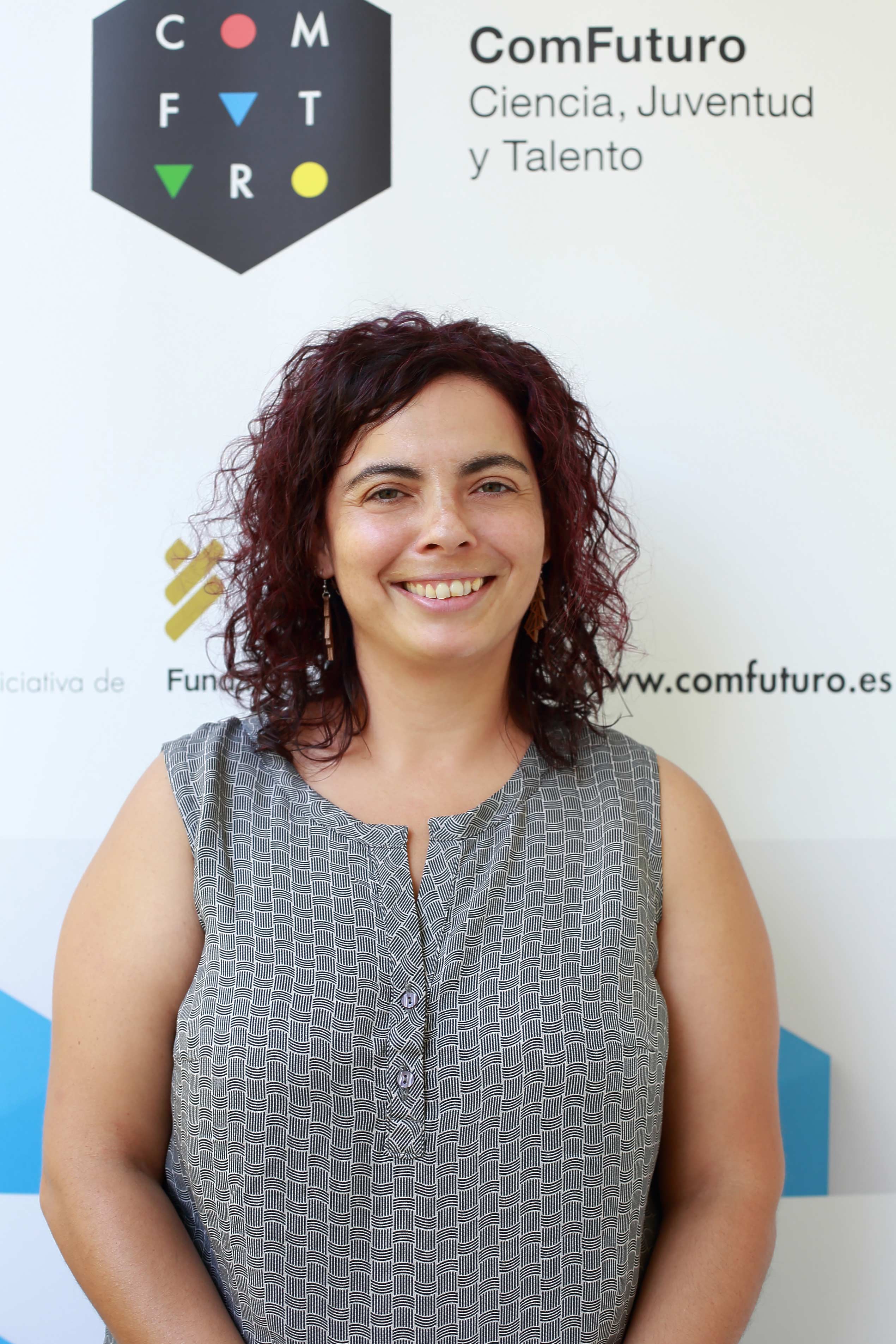
The aim of the project is to develop a methodology to detect toxic substances generated during water disinfection, both in the wastewater reclamation process and in the drinking water treatment process, in order to minimise their presence. In particular, the knowledge generated about reclaimed wastewater will help to extend its use with health guarantees and to promote social acceptance of this process.
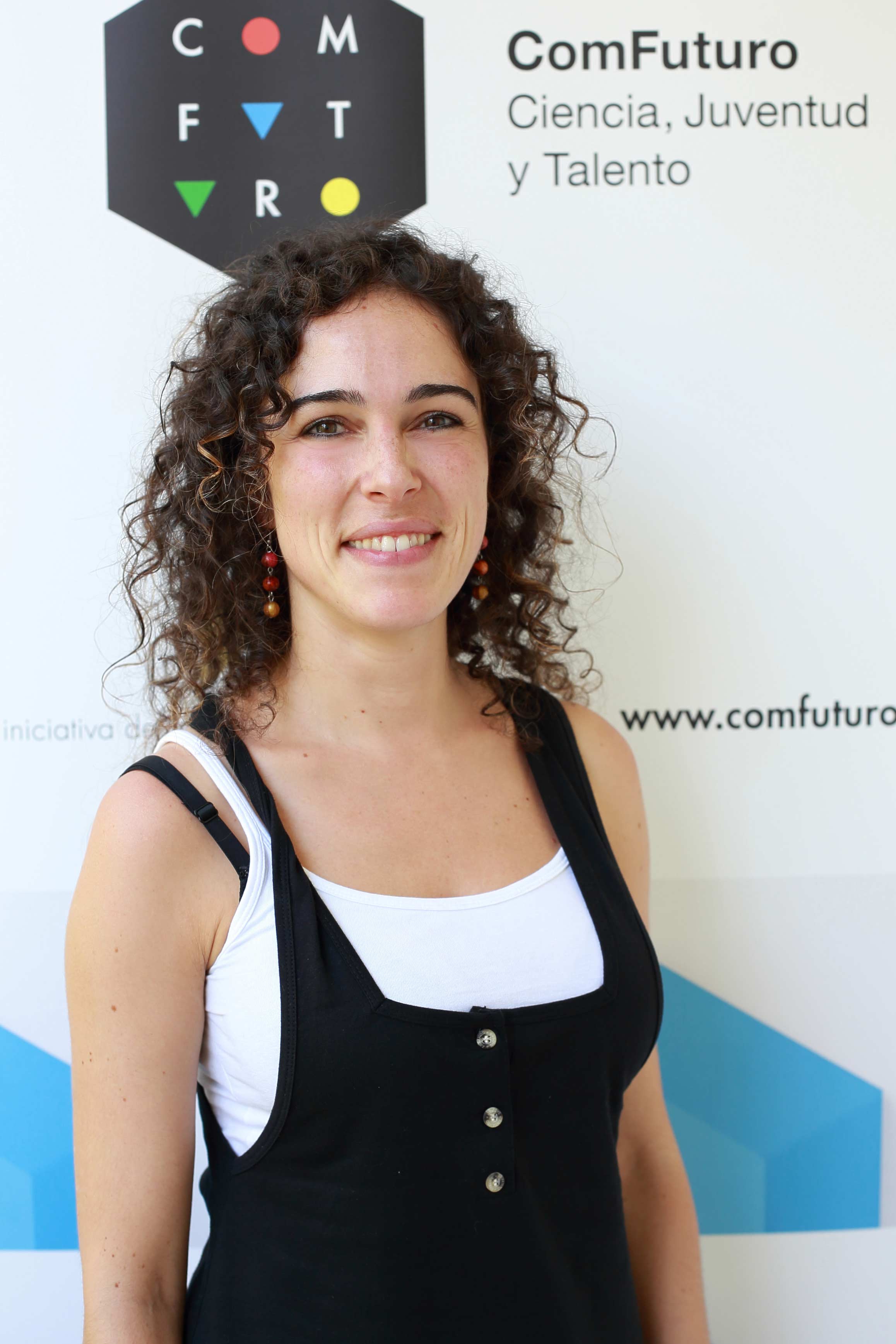
The project aims to study the environmental conditions that favour the migration of organic compounds from microplastics to the sea and to understand their effects on marine microorganisms, such as bacteria and phytoplankton. It also aims to understand which bacteria degrade the dissolved organic carbon released by plastic, as the results will help to open up an alternative pathway to the biodegradation of this material in the ocean and to waste management. It will also help plastic companies to choose materials with less environmental impact.

The technology proposed in this project aims to lead to the development of energy-efficient neural networks on chip. This would have an enormous impact on different fields such as Artificial Intelligence, Big Data or the microelectronics industry. There are many potential applications: virtual assistants for smartphones, autonomous cars, internet search engines, integrated systems for automatic management of Big Data or biomedical prostheses.
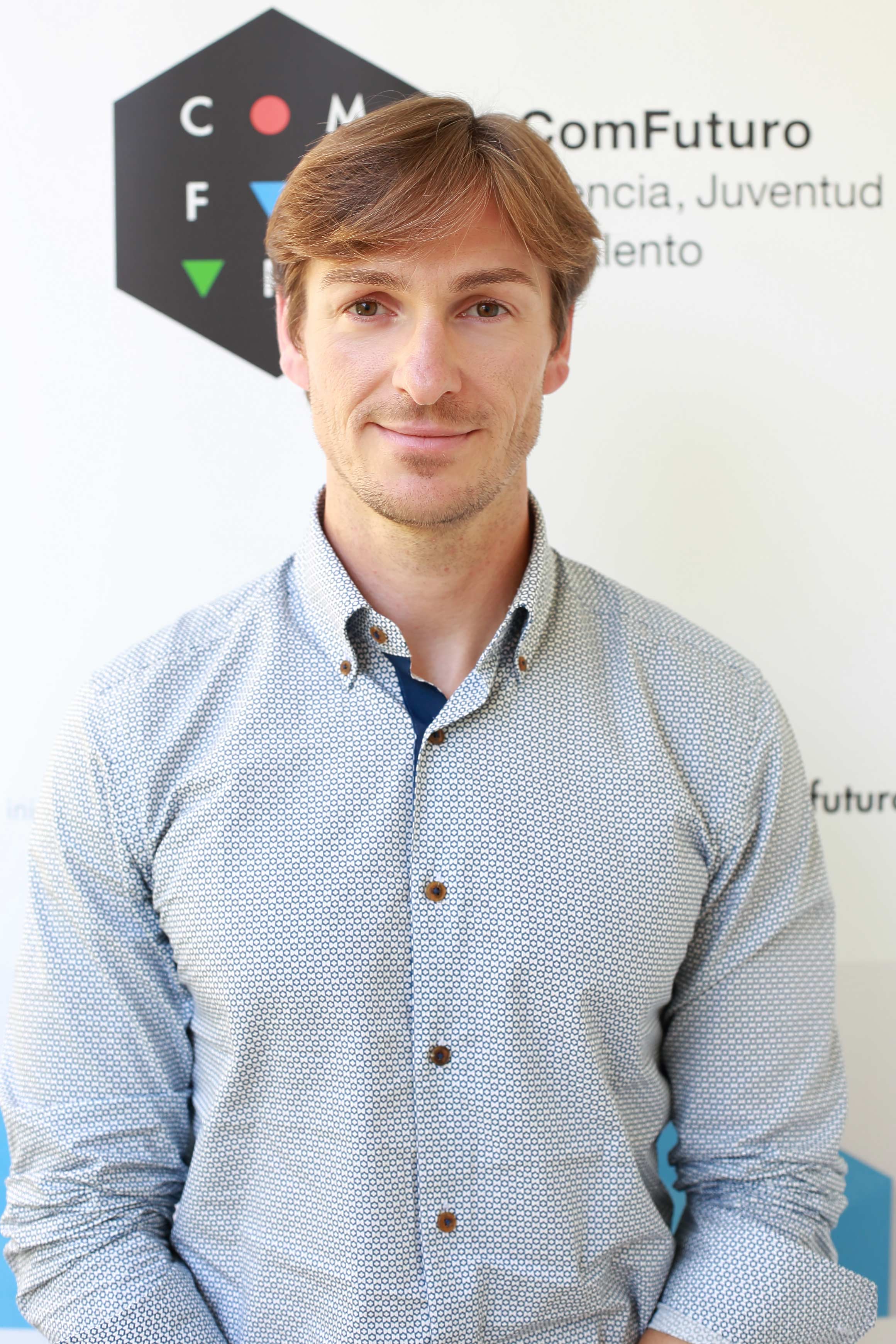
The project aims to obtain an environmentally sustainable organo-mineral biofertiliser with agronomic guarantees through the valorisation of waste and the use of microbial biotechnology. Due to the interest generated by this type of products under the new fertiliser production and marketing regulations in Europe—which are key for a society that aims to implement a resource management model based on the “Circular Economy”—, the socio-economic impact of this project is expected to be particularly significant.

The wine industry represents 1% of the country’s GDP and despite growing demand, there is still no low-alcohol wine that satisfies consumers. Using the latest biotechnology and directed evolution techniques, this project aims to obtain yeasts capable of producing wines with lower alcohol content, more in line with the new eating habits of today’s society.